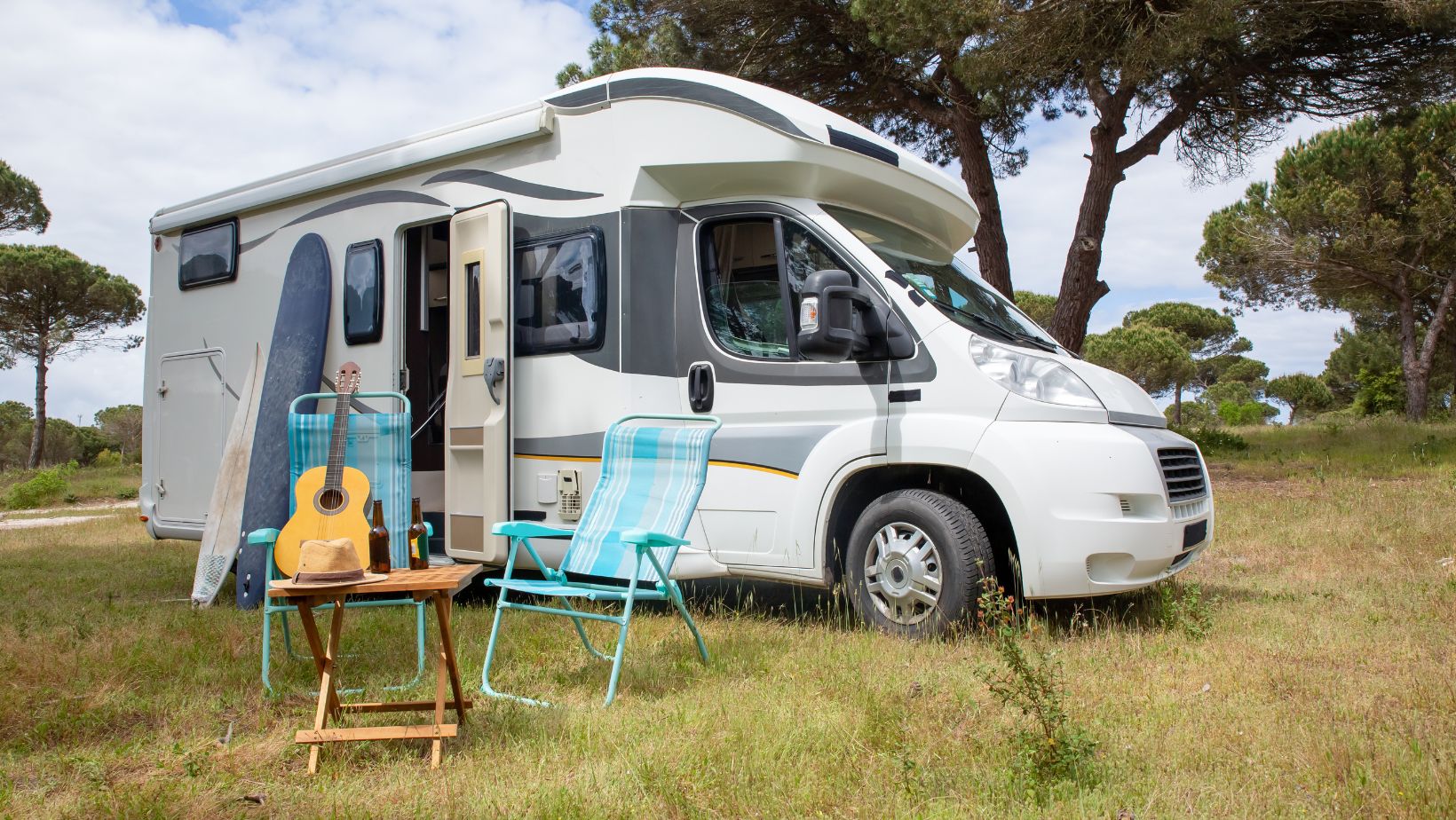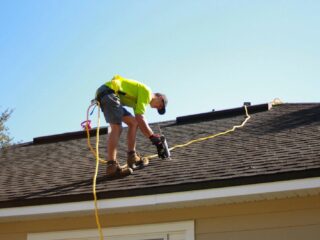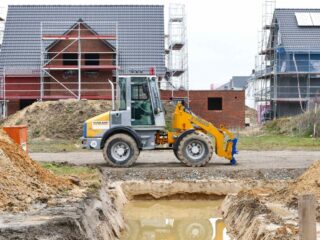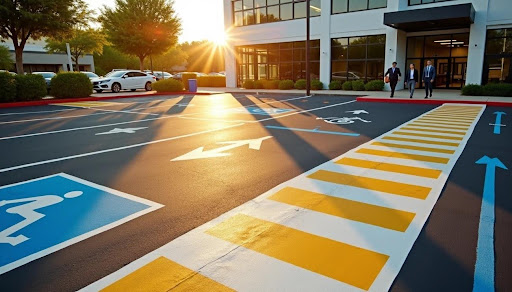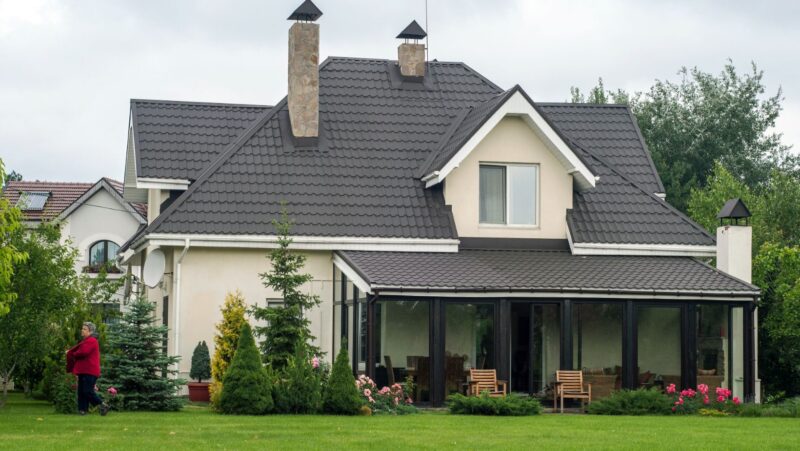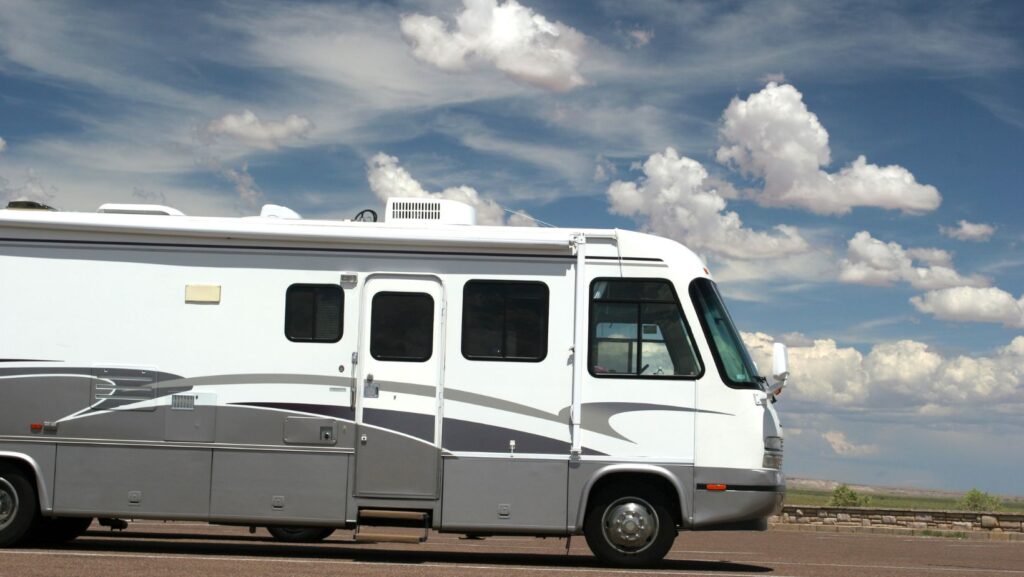
Luxury RV travel has become a growing lifestyle choice for people who want the freedom to explore without giving up comfort. The global luxury RV market was valued at around $12.8 billion in 2024, and it’s expected to nearly double by 2033, growing steadily year after year.
This rise is driven by a shift in how people want to travel. More travelers are choosing the road over airports and hotel check-ins. They want more control over their environment, flexibility, and a personal travel experience. Luxury RVs offer all of that, with high-end features that make life on the road feel less like camping and more like home.
But with this demand for comfort comes a higher standard. Today’s RV owners expect durability that can handle long trips in changing weather, energy-efficient systems that reduce fuel and electricity costs, and interiors designed for true relaxation. These expectations are reshaping how modern RVs are built, regarding the materials used in their roofs.
What Are Advanced Roofing Membranes?
TPO (Thermoplastic Polyolefin)
This is one of the most widely used membranes in modern RVs. It’s known for its light color, which helps reflect sunlight and cool the interior. TPO is flexible, puncture-resistant, and holds up well under heat. Because the seams are heat-welded, they form a tight, waterproof seal that can last for years with minimal maintenance.
EPDM (Ethylene Propylene Diene Monomer)
EPDM is often called rubber roofing. It’s highly flexible and performs well in both hot and cold climates. EPDM is especially good at handling UV rays and ozone exposure, making it a reliable option for long-term use. While the seams are usually joined with adhesive, the material itself can last decades with proper care.
PVC (Polyvinyl Chloride)
PVC is another top-tier option, especially in high-end builds. It’s tough and chemical-resistant and features heat-welded seams for a watertight fit. PVC holds up well under stress and offers a sleek, clean look. It’s often preferred in RVs where aesthetics, insulation, and low upkeep matter most.
How These Materials Compare to Traditional Roofing
Older RVs typically relied on aluminum or basic rubber roofing. While those materials got the job done, they lacked in several areas. Aluminum, for example, is prone to denting and heat buildup, while older rubber membranes could degrade or crack over time.
On the other hand, modern membranes are designed for better performance and comfort. They’re more flexible, more resistant to UV damage, and better at retaining moisture. Many also support better insulation, improving temperature control, and lower energy use.
How Roofing Technology Enhances the Luxury RV Experience
The roof of a luxury RV does a lot more than protect from the weather. One of the most significant improvements is climate control. High-quality membranes help regulate interior temperatures by reflecting heat in the summer and retaining warmth during colder months.
These roofing systems also boost energy efficiency. Many of them are designed to work seamlessly with solar panel setups, making it easier for RV owners to stay powered while off-grid.
At the same time, better insulation means the air conditioning and heating systems don’t have to work as hard, which helps conserve energy and reduce fuel or battery use.
From a design standpoint, advanced membranes offer a sleek, modern look that complements high-end RV aesthetics. They can also reduce outside noise and strengthen the vehicle’s structure, adding function and style.
Much of this progress comes from innovation by leading roofing membrane manufacturers in the USA. These companies are constantly developing materials that meet the needs of today’s RV travelers, whether they want better protection, a longer lifespan, or a more polished finish.
Real-World Applications & Market Trends
Advanced roofing membranes like TPO and PVC are no longer just high-tech upgrades. They’re becoming standard features in many luxury RV models as manufacturers respond to growing demand for comfort, reliability, and long-term performance.
For example, New Horizons RV, known for its custom-built fifth wheels, recently partnered with FlexArmor to equip its Majestic line with spray-on polyurea roofing. This type of membrane provides excellent protection from leaks and extreme weather, and even comes with a lifetime no-leak guarantee.
Other brands, such as Lance, Starcraft, and Highland Ridge, have also incorporated PVC roofing into their designs, recognizing its strength, clean appearance, and reduced need for maintenance.
RV owners have started to take notice. Some have shared how switching to newer roofing materials gave them peace of mind, especially during long trips or harsh seasons.
One RV owner mentioned that their PVC roof still looked new after several years of use, and it helped keep the interior cooler during summer. Others have pointed out how TPO roofs, even with minor wrinkles or bubbles, hold up well and rarely cause any issues.
Looking ahead, RV roofing is moving into even more advanced territory. Industry experts are exploring materials with self-healing properties, roofs that adjust to temperature changes, and intelligent systems that detect moisture or damage in real time.
There’s also a bigger push toward sustainability, with some manufacturers beginning to explore recyclable or eco-friendly materials that meet both performance and environmental standards.
As luxury RV travel continues to evolve, the materials behind the scenes are becoming just as important as the features you see on the surface. Advanced roofing membranes like TPO, EPDM, and PVC are helping RV owners enjoy quieter, more comfortable, and more energy-efficient experiences on the road, all while reducing the stress of repairs and maintenance.
Whether they can keep RVs cool in the summer sun, protect against heavy rain, or support solar-powered living, these roofing technologies are setting a new standard for what travelers expect from their RVs.
The roof might be the smartest place to start for anyone considering an upgrade or a new build.

